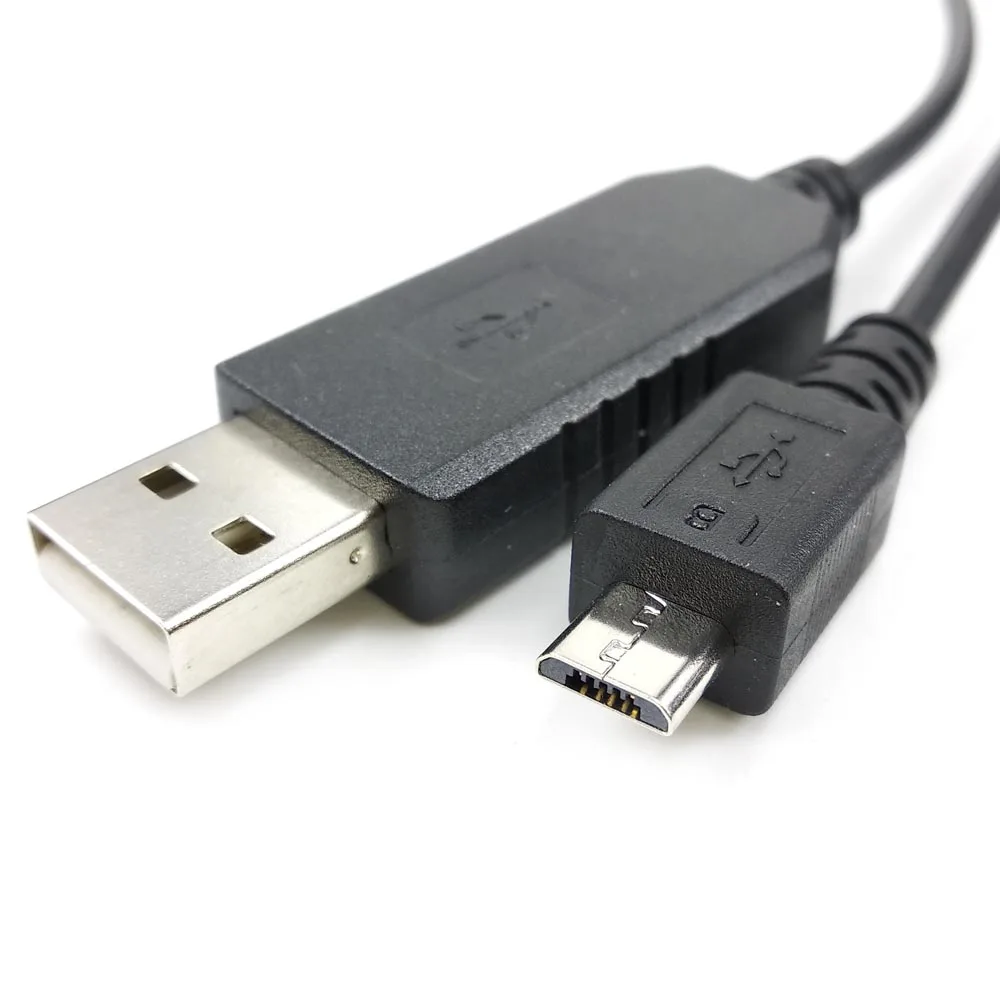

Right clicking the Device will allow you to apply a previously saved template as well. This is useful for when you need to program lots of FT230Xs. Schmitt input turns the inputs into schmitt triggers which will help reduce digital noise at the cost of more power consumption.Īfter making the changes needed the profile can be saved as a template by going to File -> Save as Template. Lastly the “IO Pins” settings can change the slew, schmitt options, and drive strength of the IO. This could be useful to reduce part cost in a product. If you are using a microcontroller that can use a 6MHz, 12MHz, or 24MHz clock you can configure a CBUS signal to output those frequencies. I like combining the TX and RX leds into one signal with the TX&RXLED# option.

Here you can add the PWREN# and BCD Charger signals. The four CBUS signals on the FT230X can be configured under “CBUS Signals”. I have not found a reason to do this however. Note that the FT230X doesn’t have DTR#, DSR#, DCD#, or RI# but they are listed in FT_Prog. This is useful if you need to reset a microcontroller or other part.

Inverting the control signals (RTS#, CTS#, ect) can be done under “Invert RS232 Signals”. If the computer allows it the FT230X then asserts PWREN# which can open up a mosfet allowing the rest of the device to power on. During enumeration the FT230X requests the current value set in the “USB Config Descriptor”. Before enumeration a USB powered device is only allowed to draw 10mA. PWREN# will only be asserted when the FT230X is enumerated correctly. This is useful when making a USB powered device. This can be used to control external circuitry like a mosfet. The “Force Power Enable” allows use of the PWREN# CBUS signal (see page 11 of datasheet). This is a nifty feature as it allows more then the typical 500mA to be drawn through the USB connection. “Battery Charge Detection” (BCD) allows the FT230X to use dedicated charges. The interesting settings that can be changed are under “Hardware Specific”.
#Ftdi ft230x serial number#
You can also change the serial number of the device if you need to keep track of devices. Changing these will change how the computer names the FT230X when it is connected to a computer. The “USB String Descriptors” allow changing the manufacture and product description. The Pull Down IO Pins in USB Suspend is useful to prevent other devices from being powered via the FT230X when in USB suspend. The USB 2.0 standard allows 500mA as the max through normal enumeration. Setting the FT230X to Bus Powered will tell the FT230X to request the Max Bus Power from the computer when it enumerates. The “USB Config Descriptor” settings refer to the power settings for the device. Most users will keep this at the FTDI Default as FTDI allows end users of there devices to use FTDI’s VID and PID. Under “USB Device Descriptor” the Vendor ID and Product ID of the FT230X can be changed if you have a custom VID and PID. Nothing can be changed under “Chip Details”. FT-Prog will then scan your computer for any FTDI devices attached to the computer. In the FT-Prog window click the “Scan and Parse” icon.
#Ftdi ft230x drivers#
Opening “Devices and Printers” will show if the FT230X drivers and device where installed correctly. FTDI also has an appnote for the FT-Prog software.Īfter connecting the USB cable to your device and computer the drivers should install. of the datasheet has the CBUS signal options listed and what they do. I will be referencing the FT230X chip functions that are configurable. It is advisable to have the FT230X datasheet open while doing the walkthrough. To program the FT230X (and other FTDI devices) the part needs to be powered up and connected with a USB cable to a computer.īefore trying to connect an FT230X to a computer make sure to snag the VCP drivers and install. FT-Prog can configure the FT230X and add more functionality to the FT230X. FT-Prog is a utility to program the EEPROM on FTDI devices.
#Ftdi ft230x driver#
If your driver isn't working, use the driver having the same OEM with the your laptop/desktop brand name.I mentioned FT-Prog in my last blog post.

If you are looking for an update, pickup the latest one. With the different devices, they can have the same driver, it's because they all use the same chip manufacturer. Below is a list of drivers that may be suitable for your device.


 0 kommentar(er)
0 kommentar(er)
